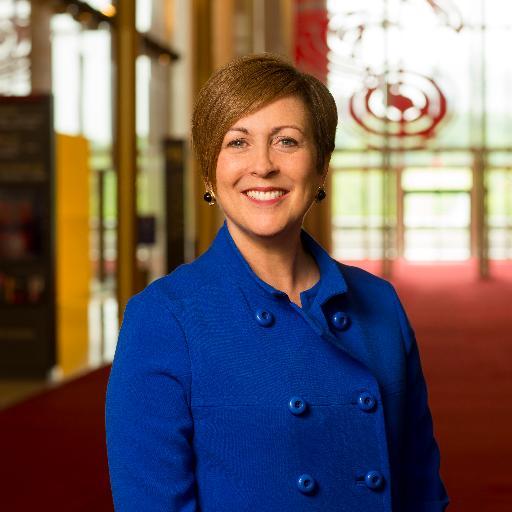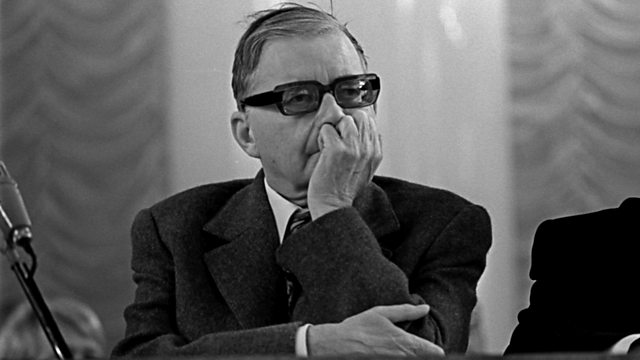New survey: 86% bassoons, 95% doublebasses, are men
mainA survey of 22 international orchestras reveals astonishing disparities in certain instruments.
The survey reports:
Bassoon (86% male), double bass (95%), and timpani (96%) players are predominately men.
Just one of the 103 trumpet players in the 22 orchestras is a woman, and there are no women among the 99 trombonists and 26 tuba players.
There is a small majority for women on flute and violin.
Now why is that?
Read on here.







Comments